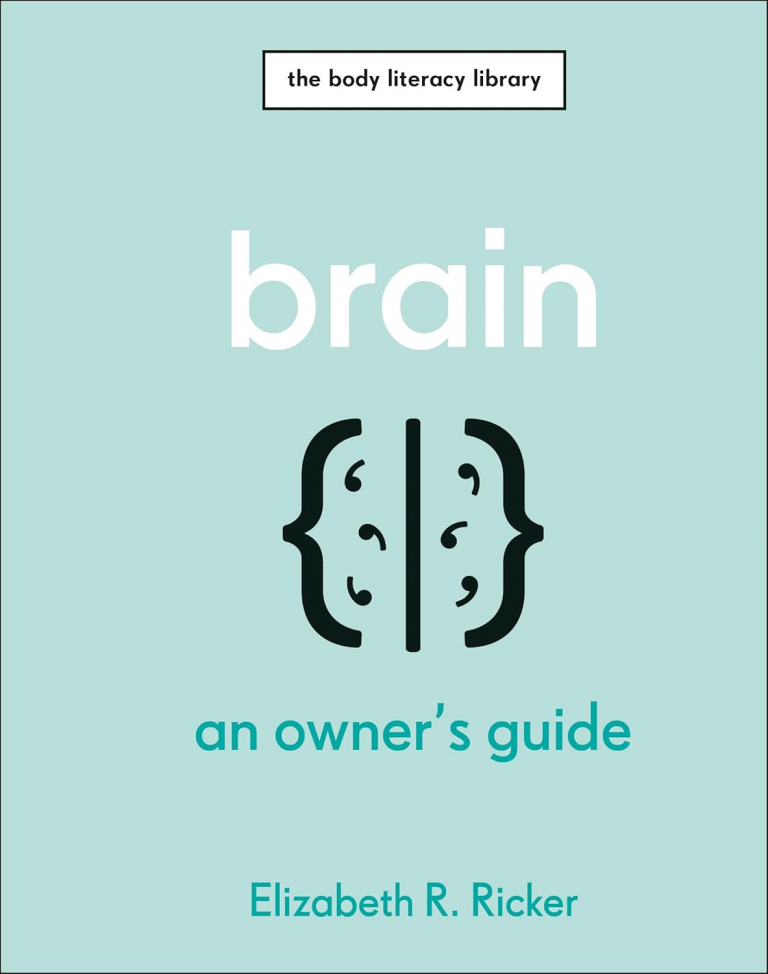
Whether you run a small home office business or want more visitors to the website promoting your local indie shop or community blog, there are a few handy helpers, to bring more organic traffic to your website. All without breaking the bank!
Getting your site noticed by search engines doesn’t need to cost much, or take hours every week. With a few smart steps, you can improve your rankings and bring more people to your site.
Find the Best Keywords
Keywords are the words people type into Google or Bing. Your pages should match the words your audience uses, not what you think they use. That is why keyword research comes first. It shows demand before you write a single line.
Use free tools like Google Keyword Planner to find ideas. Look for words with steady search volume and low competition. These are easier wins, especially for new sites. Long phrases, called long-tail keywords, often have less competition and higher intent. Someone searching for men’s waterproof hiking boots size 10 is ready to buy, not just browsing.
For a small bakery in Leeds, a broad term like bakery is too hard. A specific term like gluten-free vegan cupcakes Leeds fits better. It matches real search intent and local demand. You then add that phrase to your homepage, a product page, or a blog post. Keep the wording natural. Write for people first.
Add keywords to key places. Include them in your title tag, H1, first paragraph, and at least one subheading. Use related terms across the page so it reads well and covers the topic.
Choose Keywords That Fit Your Audience
Match keywords to what your readers want, not just what ranks. A broad keyword like shoes brings window shoppers. A specific keyword like women’s vegan running shoes brings buyers with a clear need. That is targeted traffic.
Do not stuff keywords. It reads poorly and hurts trust. Aim for natural use and vary the phrasing. If your audience is local, include the area. If your audience wants quick answers, use terms like guide, checklist, or how to. Better fit means better clicks and better results.
Long-tail keywords are good. This is more detailed. For example, if you run a vegan bakery in Derbyshire that’s known for its Bakewell tarts:
- Vegan bakery is a bit vague
- Derbyshire vegan bakery is better
- Derbyshire bakery’s vegan Bakewell tarts is best!
Optimise Content for Search Engines
On-page SEO is the set of small changes that help search engines read your page. These tweaks also help real people. Clear titles, simple structure, useful images, and tidy links guide users from start to finish.
Start with your titles and meta descriptions. Add your main keyword to both. Keep your H1 simple and match it closely to the title tag. Write the first paragraph for the reader, and place your keyword in a natural spot. Use subheadings to break up text. Add alt text to images so both users and search bots understand them.
Internal links help visitors find more useful pages. Link from a popular post to a key product or service. Use short, descriptive anchor text like booking policy rather than click here. This spreads authority across your site and keeps people engaged.
For a blog, add a short answer near the top. Then expand with detail below. For a shop, add clear product specs, FAQs, and delivery info. Both formats boost relevance and trust.
Craft Strong Title Tags and Meta Descriptions
Title tags and meta descriptions show in search results. They affect clicks, even if you rank well.
Rules that work:
- Keep titles under 60 characters.
- Keep descriptions under 160 characters.
- Include the main keyword once.
- Add a clear benefit or action.
Before:
- Title: Best Coffee Beans
- Description: We sell sustainable coffee beans online. Great prices and fast delivery.
After:
- Title: Best Coffee Beans for Home Brewing | Free 48h Delivery
- Description: Fresh speciality sustainable coffee beans, roasted weekly. Choose grind size and get free 48h delivery on orders over £25.
Small changes can lift click rates. Higher clicks can support better rankings over time.
Use Headings and Images Wisely
Use one H1 for the page title. Use H2s for main sections and H3s for subsections. This structure helps readers scan and helps search engines parse the topic.
Add alt text to images. Describe the image in plain words, like vegan chocolate fudge cake with raspberries, not image123. Alt text aids accessibility and adds context for indexing.
Check Your Site’s Speed and Mobile Setup
Speed and mobile experience affect traffic and sales. People leave slow sites within seconds. Search engines also prefer pages that load fast and work well on phones.
Use Google PageSpeed Insights to scan your site. It shows mobile and desktop scores, plus fixes. Start with easy wins. Compress images, remove large scripts, and use browser caching. If your host is slow, consider a better plan. A small upgrade can cut load time in half.
Switch to HTTPS if you have not already. It encrypts data and shows a padlock in the address bar. That builds trust and meets modern security standards. Make sure your design is responsive so it adapts to all screens. Big buttons, readable fonts, and simple layouts help users tap and scroll with ease.
Ensure Mobile-Friendly Design
Responsive design means your layout adapts to any screen or device. Test with Google’s Mobile-Friendly Test to spot issues.
Practical tips:
- Use a single column layout on phones.
- Keep font size readable, at least 16px.
- Space out links and buttons so they are easy to tap.
- Avoid pop-ups that block content.
- Place key content near the top to speed up engagement.
Use Internal Links
Link to other pages within your own site, using clear anchor text. For example, if you mention a product, link to its page. This helps search engines understand your site structure and keeps people on your site longer.
It also sends a message to Google that your site is packed with quality information, and this can raise the rankings of more than just your home page.
Collect Quality Backlinks
Backlinks are links to your site from other trusted sites. They act as “votes” for your content. It’s really important that these are only ‘quality links’, so don’t pay people to link to you, google doesn’t like this!
To be fair, you could ask sites. But most will say no, or just mention you on social media, rather than a link from their site. The best way to get inbound links, is simply to write inspiring and helpful content, that people can’t help but share it!






